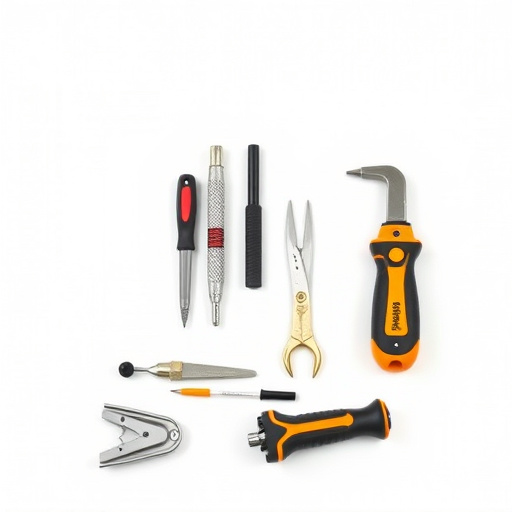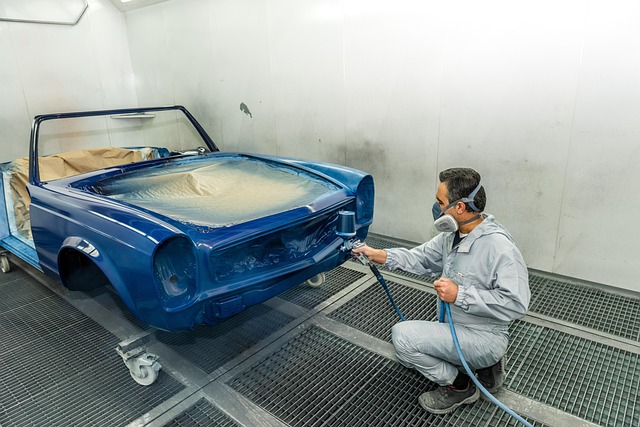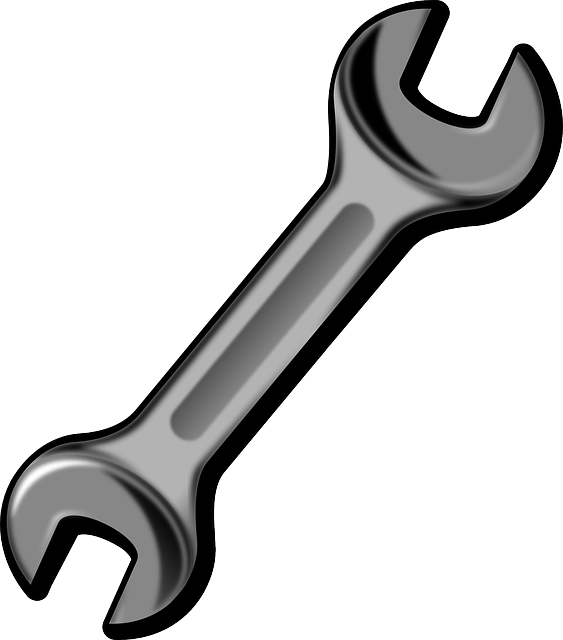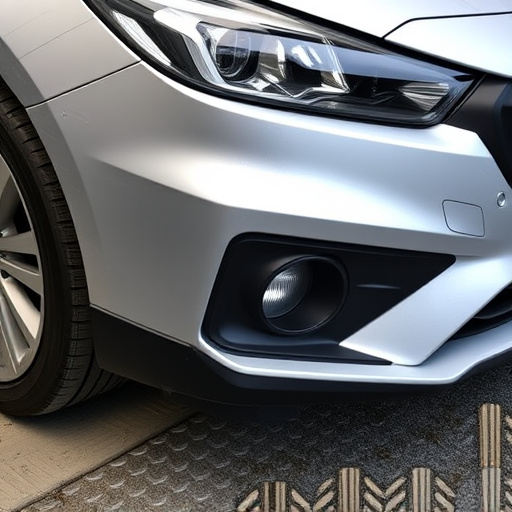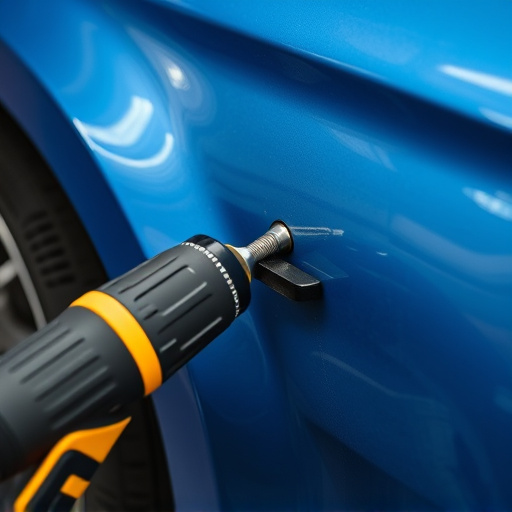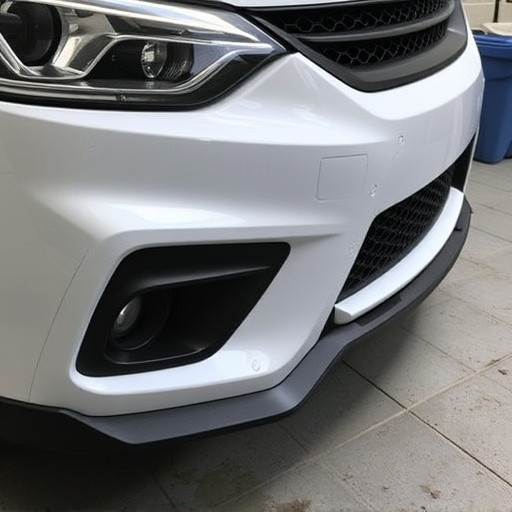Estimating a repair completion timeline demands considering multiple factors like vehicle damage extent, part availability, technician expertise, weather conditions, and supplier lead times. This dynamic process begins with comprehensive inspections of damaged components, followed by creating a detailed work plan accounting for drying times and quality checks. To accurately estimate timelines, automotive shops should prioritize task efficiency, address complex issues early, and utilize modern tools to enhance precision and streamline repairs.
In the competitive retail landscape, accurately estimating repair completion timelines is paramount for customer satisfaction. This article delves into the intricate process shops employ to predict turnaround times, focusing on key factors influencing these estimates. From assessing part availability and labor complexity to managing resource allocation, we explore a step-by-step approach. Additionally, we highlight best practices that ensure efficient repairs, minimizing wait times and maximizing customer trust, ultimately enhancing overall service quality.
- Understanding the Factors Influencing Repair Completion
- The Step-by-Step Process of Estimating Timelines
- Best Practices for Accurate and Efficient Repairs
Understanding the Factors Influencing Repair Completion

Estimating a repair completion timeline is an art that involves considering multiple intricate factors. Shops must take into account the extent and complexity of the damage to the vehicle, which can range from minor dents and scratches to significant structural issues or complete auto body work overhauls. The availability of replacement parts plays a crucial role, especially for rare or specialized components required in complex repairs.
Work flow management within the shop is another critical aspect. Efficient processes ensure that tasks are completed promptly, and any delays caused by resource constraints or equipment maintenance can be minimized. The expertise and experience of technicians also factor in; skilled professionals can often complete jobs faster and with higher precision, while training new staff might extend estimated timelines. Lastly, external factors like weather conditions (especially for vehicle bodywork that relies on drying time) and supplier lead times for parts contribute to the overall repair completion timeline.
The Step-by-Step Process of Estimating Timelines

Estimating a repair completion timeline is a meticulous process that involves several steps to ensure accuracy. It begins with a thorough inspection of the vehicle, where skilled technicians assess the extent of damage to various components, including the frame, engine, and auto body painting. This initial evaluation helps in identifying the complexity of repairs required, which is crucial for setting realistic timelines.
The next step involves gathering necessary parts and tools, followed by creating a detailed work plan. Technicians break down the repair process into manageable tasks, considering factors like drying times for adhesives and paints, curing periods, and quality checks. This structured approach allows them to allocate time efficiently, ensuring that each stage of the restoration, from collision center assessment to final vehicle bodywork inspection, is completed within the projected timeframe.
Best Practices for Accurate and Efficient Repairs
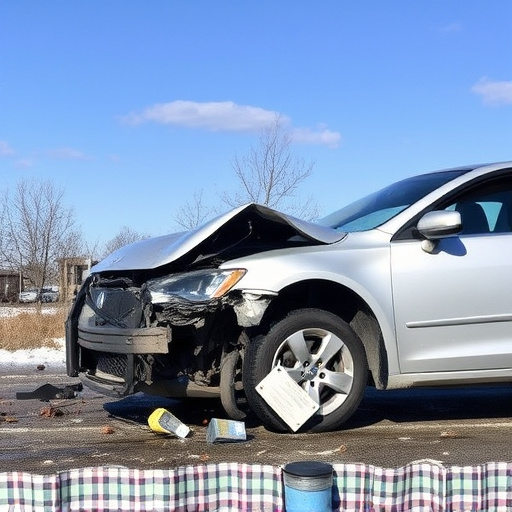
To estimate an accurate repair completion timeline, shops must adopt best practices that ensure efficiency and quality in their work. One key practice is thoroughness during the initial assessment phase, where technicians meticulously inspect the damage on both internal and external components of a vehicle, including its structure, paint job, and finishes. This comprehensive evaluation helps in identifying potential complexities early on, allowing for more precise time allocation.
Furthermore, prioritizing tasks based on urgency and impact can significantly streamline the repair process. For instance, addressing critical safety issues or severe cosmetic damages like an auto dent repair or vehicle restoration should take precedence. Utilizing modern tools and equipment designed for car bodywork services also contributes to faster turnaround times, ensuring that each step of the repair is completed with precision and efficiency.
Shops now employ a meticulous process, factoring in various elements like part availability, complexity of repairs, and skilled labor, to accurately estimate repair completion timelines. By adhering to best practices that involve detailed assessments, efficient workflows, and clear communication with customers, they ensure timely service without compromising quality. This optimizes customer satisfaction and reinforces the shop’s reputation for reliable, efficient repairs.


